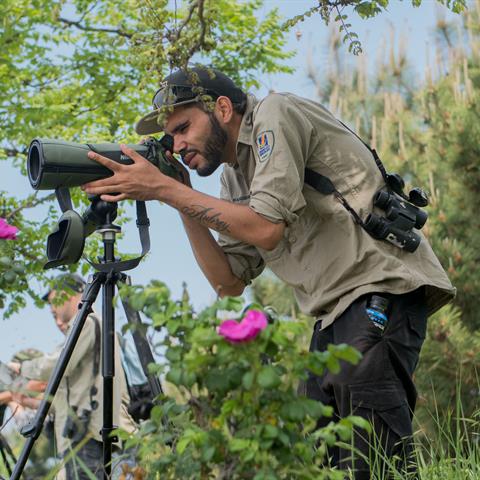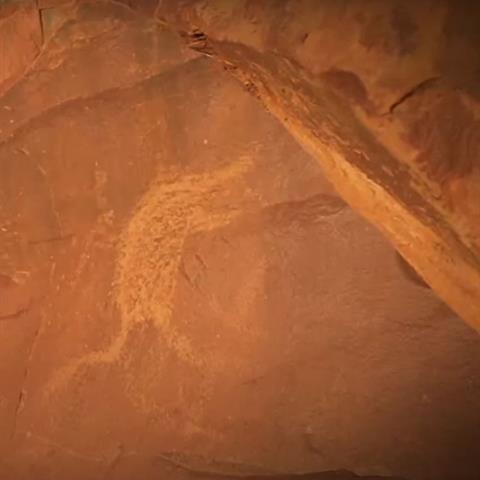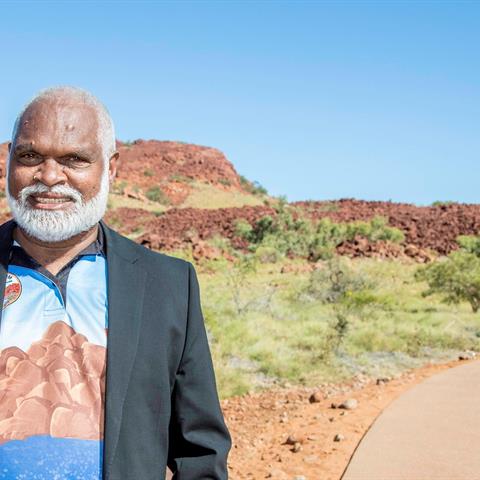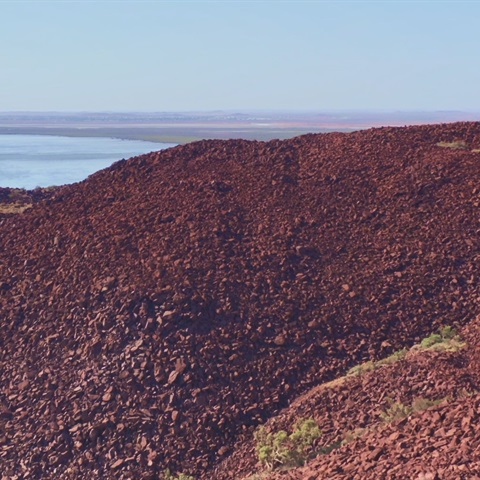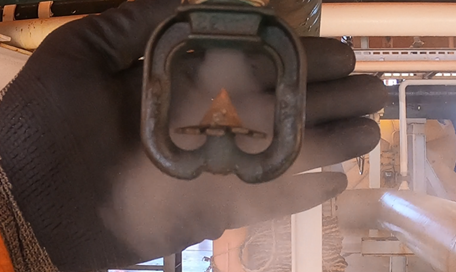Our journey
Our approach to managing and protecting cultural heritage has improved over time. Cultural heritage impacts were managed differently in the 1980s. The Western Australian (WA) Government, through the WA Museum, managed the heritage assessment and site clearances on behalf of the North West Shelf Project during the design and construction of the Karratha Gas Plant (KGP). The Traditional Custodians were not involved in this process - an approach that does not meet today's standards or community expectations.
In 2014, Woodside as operator of the North West Shelf Project worked with Traditional Custodians and government stakeholders to complete the Hearson Cove Compound Remediation Project. The project relocated more than 1700 pieces of rock art safely and with sensitivity from a secure holding compound used during KGP construction to appropriate positions within the local landscape. The project marked an important step forward on our reconciliation journey.
Our approach matured with the design and construction of Pluto LNG in the mid-2000s. The Traditional Custodians were central to the heritage management process. An important outcome was an engineering redesign of the initial Pluto LNG plant to avoid and protect the most significant heritage sites.
We are continuing this approach as we progress our proposed growth projects, which will take place within existing leases and have been designed to avoid heritage sites.
Understanding the submerged cultural landscape
Since the appearance of Australia’s first inhabitants around 65,000 years ago, sea levels have risen significantly and inundated roughly a third of Australia’s landmass. The submerged landscape around Murujuga and beyond would once have been occupied by Indigenous people, and its current islands would have been inland mountains.
In July 2020, the Deep History of Sea Country (DHSC) Project team and the Murujuga Aboriginal Corporation (MAC) announced the discovery of Australia’s first sub-tidal Indigenous archaeological finds at two locations in the waters of Murujuga, confirming that Indigenous artefacts persist in the submerged landscape.
These discoveries were located outside of Woodside’s operations and proposed development footprints. However, as the understanding of submerged Indigenous heritage in Australia is in its infancy, Woodside has pro-actively sought to understand the potential heritage values of the submerged cultural landscape for the proposed Scarborough pipeline by engaging with MAC and heritage experts to conduct an archaeological assessment that is the first of its kind in Australia.
Murujuga is a highly significant cultural landscape rich with heritage values, included on Australia’s National Heritage list and World Heritage tentative list. It contains one of the largest, densest and most diverse collections of rock art in the world, estimated to contain over a million engravings (petroglyphs) covering a broad range of styles and subjects. The landscape also contains quarries, middens, fish traps, rock shelters, ceremonial sites, artefact scatters, grinding patches and stone arrangements that evidence tens of thousands of years of human occupation. These places are linked through the stories, knowledge and customs that are still held by Traditional Custodians and have significance beyond their archaeological value.
Woodside collaborated with University of Western Australia and Centre for Rock Art research and Management team members, who were involved with the ground-breaking discoveries in Murujuga’s waters, to design a research project to assess areas of archaeological prospectivity along the pipeline route within the Development Area. The project was undertaken in consultation with MAC, who have been separately engaged by Woodside to also conduct an ethnographic assessment of cultural values over the submerged landscape.
This research project concluded that the development proposal is likely to have nil to low impact on archaeological heritage values and that the proposed pipeline route is the preferred route within Mermaid Sound. In particular, the planned Scarborough Development will not impact any submerged igneous rock, which could have the potential to contain as yet undiscovered examples of Murujuga’s internationally significant petroglyphs. An executive summary of the research project is available and academic articles are being planned on this research for publication in the near future.
This research provides Woodside with greater certainty that impacts to cultural heritage can be avoided for the proposed Scarborough Development and we will continue to work with Traditional Custodians to ensure that cultural values are understood and remain protected.
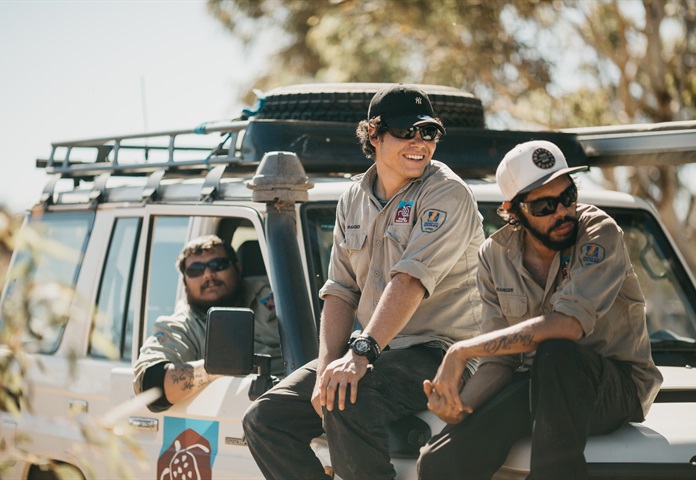

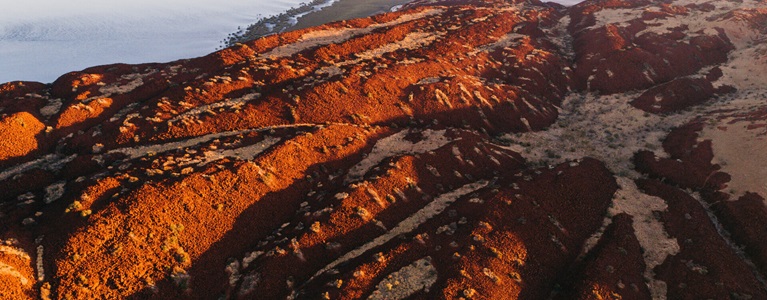
![Woodside Photography 2018 - Drone-3 [Image by Jarrad Seng]](https://www.woodside.com/images/default-source/4.-sustainability/woodside-photography-2018---drone-3-image-by-jarrad-seng.tmb-square_s.jpg?sfvrsn=f79bd66b_5)
